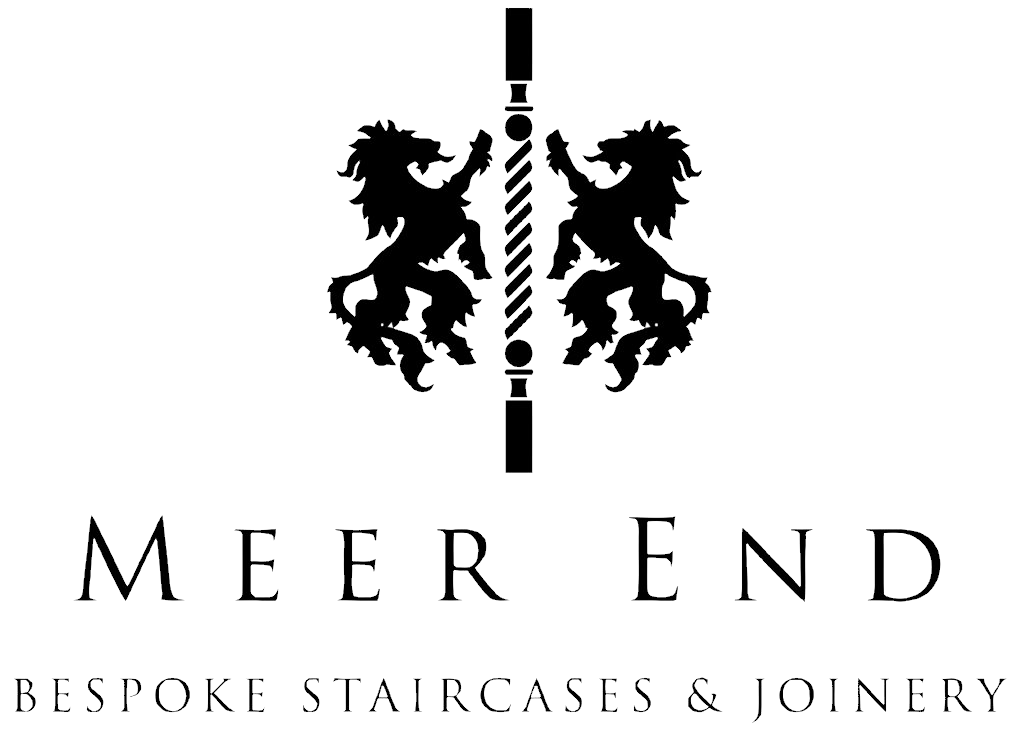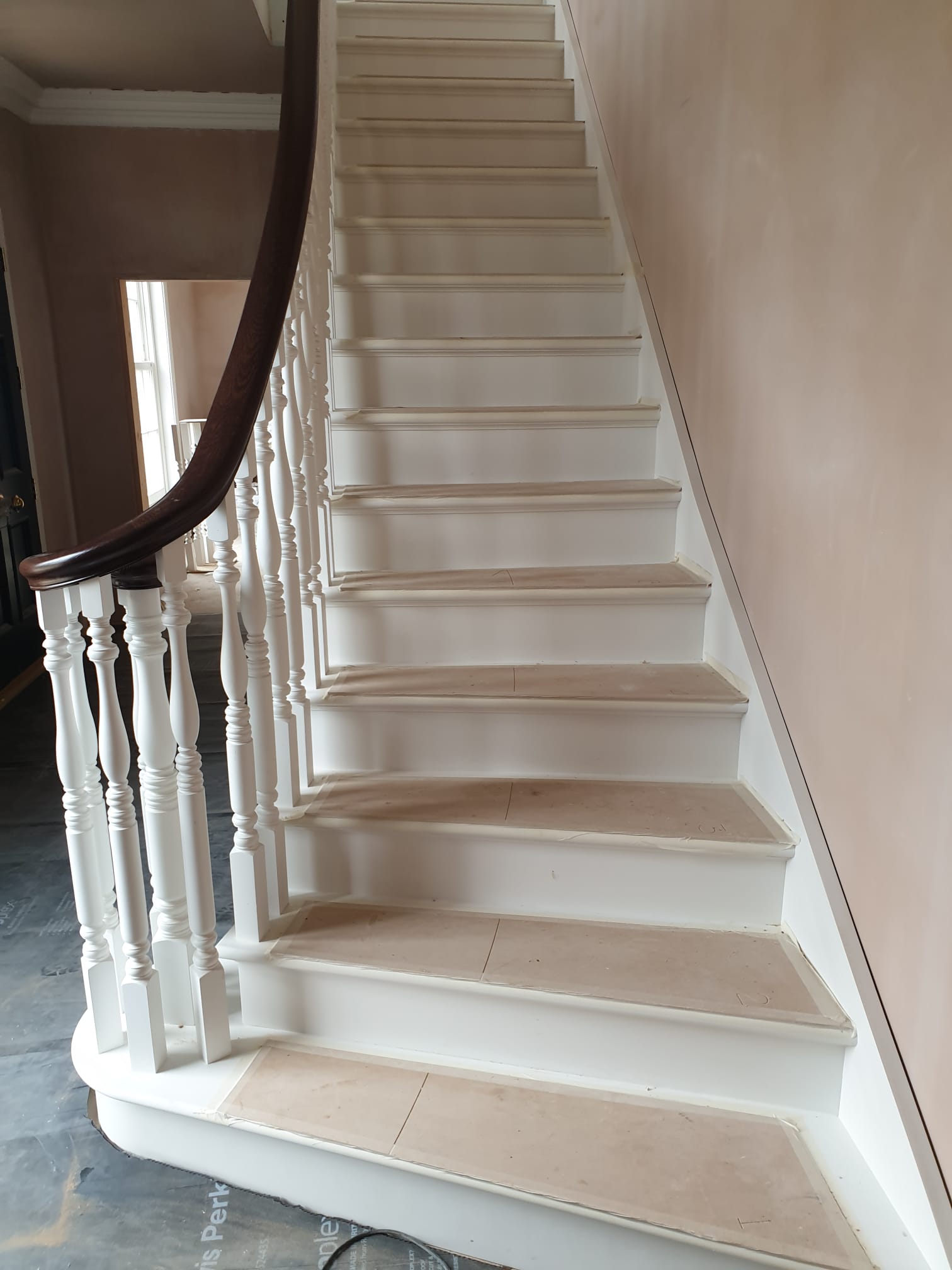A staircase can be beautifully made, but without the right balustrade, it can feel incomplete. The balustrade defines rhythm, proportion, and style — it’s what gives a traditional staircase its personality. Choosing the right design means balancing aesthetics, safety, and craftsmanship, so that the finished piece belongs naturally to the architecture of your home.
Understanding the Role of the Balustrade
The balustrade isn’t decoration added at the end; it’s a structural and visual component integral to the staircase. It includes the handrail, spindles (or balusters), newel posts, and sometimes panels or mouldings. Together, they create a visual line that guides the eye from floor to floor.
In traditional staircases, the balustrade often expresses the joiner’s skill — through turned timber, subtle mouldings, and the flow of a continuous handrail. It helps define the character of the home: formal or relaxed, rural or urban, understated or ornate.
Respecting Architectural Context
The first step in choosing a balustrade is understanding the architecture it will sit within. A Georgian townhouse demands restraint and symmetry; a country farmhouse can carry heavier turned spindles or square chamfered forms; a Victorian property may allow more decorative detail.
When designing bespoke traditional staircases, proportion is everything. The thickness of the spindles, the scale of the newels, and the pitch of the rail should all relate to the staircase and the surrounding space. A well-proportioned balustrade never shouts — it quietly supports the rhythm of the architecture.
You can see examples of this balance in practice in our Traditional Staircases Gallery, where each project is tailored to its period and setting.
Timber Choices and Finishes
Hardwood remains the natural choice for traditional balustrades. Traditional oak staircases benefit from oak’s strength and visible grain, which pairs beautifully with polished or waxed finishes. Walnut offers deeper tones and a more formal feel, while ash and beech bring lighter character and subtle grain patterning.
Painted spindles with a contrasting hardwood handrail are another timeless combination, giving definition without heaviness. The finish should harmonise with other joinery in the home — doors, skirting, and panelling — so the staircase feels connected rather than isolated.
Meer End craftsmen often advise clients on finish options that age gracefully, enhancing the staircase over time rather than concealing the workmanship beneath layers of lacquer.
Styles of Traditional Balustrades
Different architectural eras inspire distinct balustrade styles, each suited to particular settings:
- Turned Spindles: Common in Georgian and Victorian homes; these feature rounded shapes, flutes, and collars that add depth and movement.
- Square or Chamfered Balusters: Simpler and well-suited to cottage or Arts & Crafts interiors. Their clean geometry brings subtle strength.
- Panelled Balustrades: Found in grander period homes; often solid timber panels set within moulded frames, creating privacy and weight.
At Meer End, our staircases with traditional panels are designed to echo original joinery while meeting modern safety requirements. Every spindle or panel is individually made — no two are quite identical, which is part of the appeal.
Handrails, Curves, and Detail
The handrail is the part you touch every day, so it deserves particular care. A well-shaped rail should sit comfortably in the hand, following the natural pitch of the staircase. In classic staircases traditional design, the handrail often continues into a volute or curved wreath at the base, a detail that speaks of craftsmanship rather than mass production.
The connection between handrail and newel post defines much of the staircase’s character. Clean mitred joins feel contemporary; traditional styles favour smooth, continuous curves achieved through patient carving and accurate jointing.
Safety, Compliance, and Craft
A beautiful staircase must also be safe. Today’s building regulations require specific baluster spacing and handrail heights, but these can be achieved without losing traditional proportions. Skilled joiners adjust dimensions subtly — increasing the baluster count or altering moulding depth — to meet standards while preserving the classic look.
This attention to balance ensures traditional staircases UK installations remain both compliant and characterful. Meer End’s joiners blend modern precision with time-tested geometry to produce staircases that feel authentic yet live comfortably in the present.
For guidance on how historic detailing can align with current regulations, see Historic England’s advice on traditional joinery.
Integrating with Other Materials
Although timber remains the heart of tradition, subtle combinations can work. Forged iron spindles within a timber framework, or brass caps atop newels, can add contrast without feeling out of place. The key is restraint: accents should enhance, not compete with, the craftsmanship.
For inspiration across these variations, browse Meer End’s Traditional Staircases Gallery
to see how texture, tone, and form interplay across different commissions.
FAQs
What is the purpose of a balustrade on a staircase?
It provides safety by preventing falls, but in traditional design, it also defines the visual rhythm of the staircase, guiding the eye upward with proportion and detail.
Which wood works best for traditional balustrades?
Oak is the most popular for its strength and warm grain, though ash, walnut, and beech can also be used depending on the desired tone and texture.
Can I mix modern and traditional elements in a balustrade?
Yes. Combining iron or brass accents with timber components can add subtle contrast while maintaining a classic foundation.
Are traditional balustrades suitable for listed buildings?
Absolutely. When crafted by experienced joiners, they can replicate or restore period details using approved materials and construction methods.
How do I maintain a wooden balustrade?
Regular dusting and occasional polishing or waxing keep the timber protected. Avoid harsh cleaners that strip natural oils from the wood.
Can balustrades be customised for safety without changing appearance?
Yes. Skilled craftsmen can adjust spacing or proportions to meet regulations while keeping the same aesthetic integrity.
Do traditional balustrades add value to a property?
Yes. They showcase craftsmanship, authenticity, and durability — qualities that appeal to buyers seeking a home with lasting character.
In Closing
A staircase’s balustrade is the line that unites structure, proportion, and artistry. In a world of standardised fittings, a hand-crafted balustrade offers individuality and permanence. The right design complements the home, the era, and the hands that built it.
If you’re planning a renovation or new staircase, explore Meer End’s bespoke traditional staircases and our Traditional Staircases Gallery to see how thoughtful craftsmanship transforms timber into enduring design.



